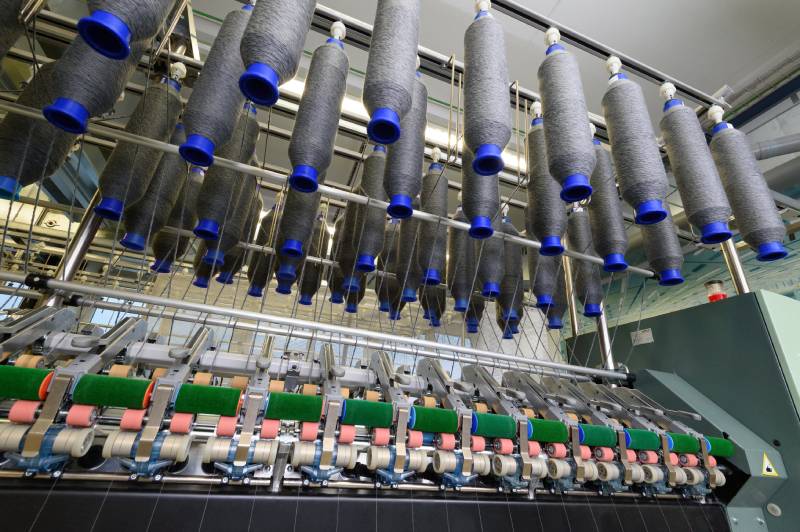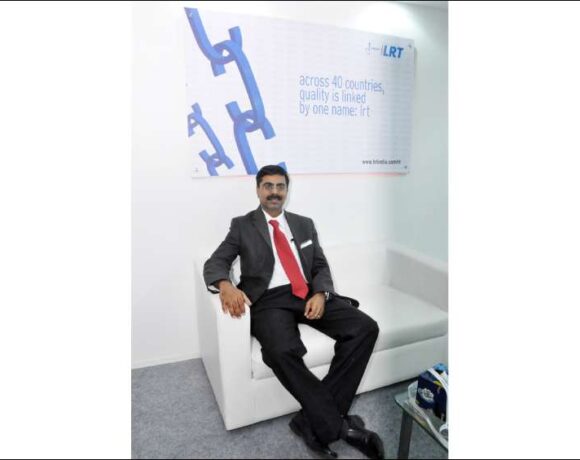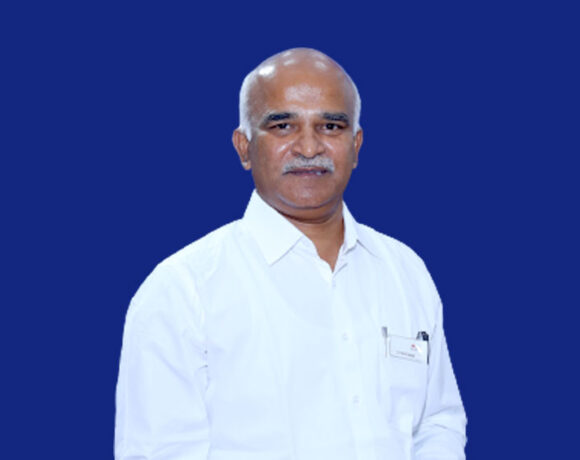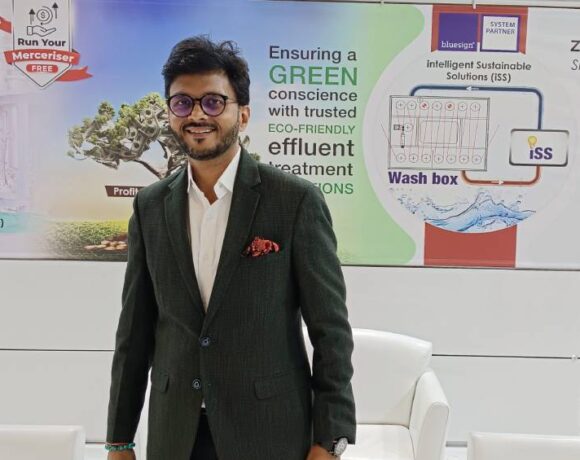Rieter Affirms Air-Jet Spinning & Recycling Shaping Chinese Textile Industry

Recycling offers major opportunities in China. Weavers, knitters and garment makers are under pressure to create products that have a significant share of recycled fibres, says Thomas Oetterli, CEO of Rieter Group
How would you describe your overall experience at ITMA Asia + CITME?
Rieter experienced great success. The booth was crowded with a mix of visitors, both domestic and international. Our programme was packed with signing ceremonies, customer awards, product roadshows, media interviews, and more. We had in-depth conversations with multiple key customers, reflecting a strong interest in our technology. ITMA ASIA + CITME followed our pre-trade fair customer event where we showcased the latest Rieter machines, including our innovative air-jet spinning machine J 70. It’s clear that investor sentiment is improving and there is a real appetite for Rieter technology.

With Com4recycling systems, customers can meet the growing demand for sustainable yarns.
Did you see any positive developments in the scenario of the Chinese textile market?
Two technology trends are shaping China’s spinning industry: air-jet spinning and recycling. Air-jet spinning enables customers to achieve maximum production speeds at minimal production costs. The Rieter air-jet spinning machine J 70, equipped with upto 200 individually automated spinning positions, attains a delivery speed of up to 600 m/min, exhibits low energy consumption and boasts a commendable fibre yield. This makes the J 70 an economically appealing solution in a market that is set for growth.
Recycling, in addition, offers major opportunities in China. Weavers, knitters and garment makers are under pressure to create products that have a significant share of recycled fibres. This demand extends beyond rotor yarns to encompass ring yarns, where processing the short, recycled fibres poses a challenge. Rieter’s Com4 recycling spinning systems turn this challenge into a competitive advantage. Designed primarily for mechanically recycled cotton fibres, Com4 recycling systems can be used for both ring and rotor yarns, providing seamlessly coordinated processes.
From your perspective, what are the anticipated trends and performance expectations for the textile industry in the near future?
In the near future, the textile industry will experience a shift towards higher speed and productivity, driven by technological innovations. Automation and digitization are set to play fundamental roles, fostering more connected processes and leveraging Automated Guided Vehicle (AGV) technology to streamline operations and reduce reliance on manual labour. Additionally, the industry is expected to prioritize sustainable manufacturing practices, emphasizing energy-saving initiatives to align with environmentally conscious approaches.
















